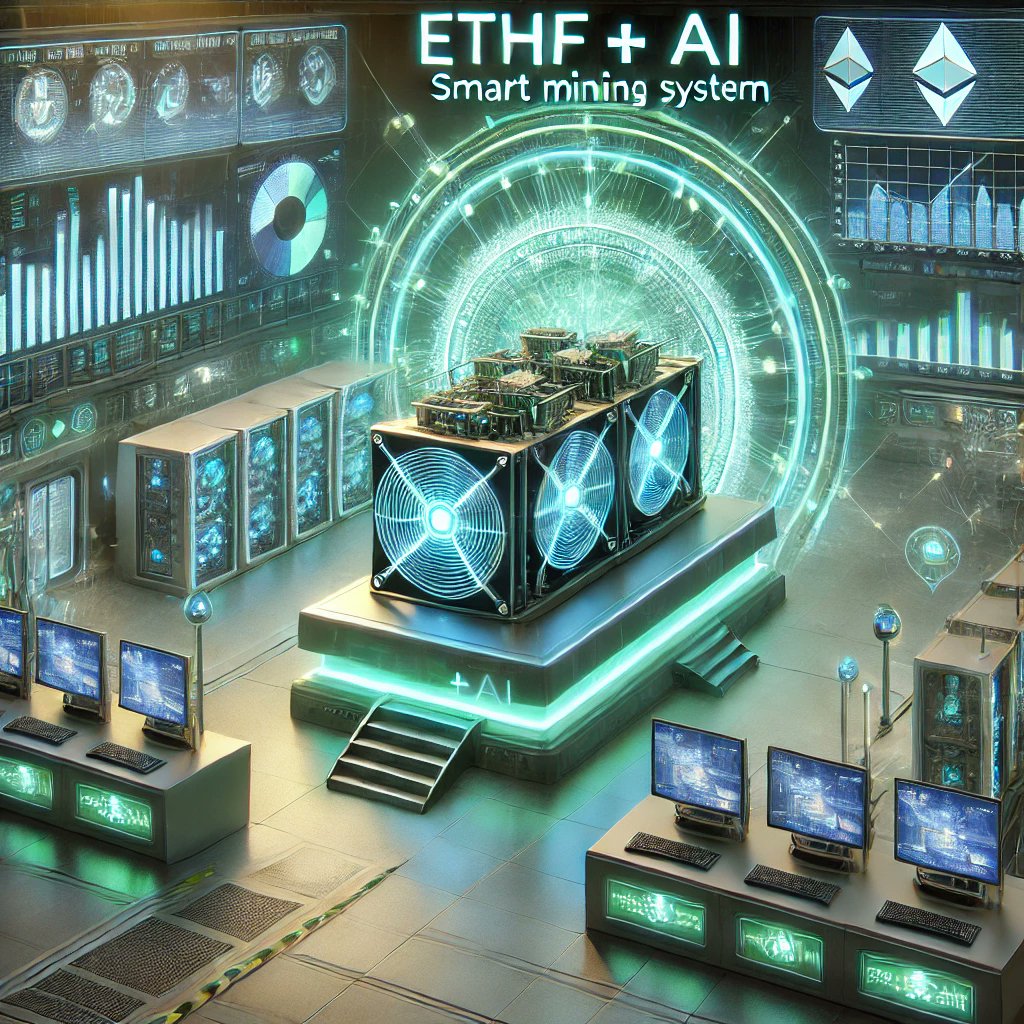Ethereum in 2025: A New Era of AI Integration, Tokenomics, and Community Engagement
Hook
Imagine Ethereum, the world’s second-largest blockchain, as a vast, ever-evolving city. In 2025, this metropolis is bustling with innovation, its skyline adorned with the towering spires of artificial intelligence and a robust economy humming with tokenomic activity. Let’s explore this futuristic cityscape, delve into its AI integration, examine its economic heartbeat, and meet the visionaries shaping its narrative.
AI Integration: Ethereum’s Brain Gain
ETHF+AI System: The City’s Central Nervous System
At the heart of Ethereum’s AI integration lies the ETHF+AI system, a brainchild of EthereumFair. This innovative platform collects real-time rig performance data, much like a city’s traffic management system monitoring its roads. It employs predictive algorithms to analyze market trends, akin to a city planner anticipating future growth [1]. By optimizing rig efficiency and rewarding performance, this AI-driven decision-making strategy ensures Ethereum’s cityscape runs smoothly and efficiently.
Vitalik’s Vision: The City’s Architect
Vitalik Buterin: The Master Builder
Vitalik Buterin, Ethereum’s co-founder, continues to be the city’s master builder in 2025. His recent posts, as analyzed by Exponent AI, reveal key themes such as scalability, interoperability, and sustainability [2][3]. These themes are akin to a city planner’s blueprint, ensuring Ethereum’s cityscape is not just innovative but also sustainable and interconnected. Vitalik’s influence is evident in the engagement metrics, indicating a strong community following his lead.
Ethereum’s Tokenomics: The City’s Economic Pulse
Token Supply and Staking Rewards
As of March 2025, Ethereum’s total supply stands at approximately 120 million ETH, with a circulating supply of around 115 million ETH [4]. The Ethereum Improvement Proposal (EIP) 1559, implemented in 2021, introduced a burn mechanism, reducing the annual inflation rate to around 4.2%. This is like a city implementing a smart waste management system, ensuring resources are not depleted. Additionally, the staking rewards, following the implementation of Ethereum 2.0, offer an annual percentage yield of around 5-7%, similar to a city offering attractive investment opportunities to its residents [5].
Risks and Unlocks: Navigating the City’s Challenges
While Ethereum’s tokenomics present an attractive picture, potential risks loom on the horizon. Upcoming unlocks from the Ethereum Foundation’s and early investors’ allocations could increase selling pressure, impacting the ETH price [6]. However, the Ethereum community is aware of these risks and is working towards mitigating their impact, much like a city’s emergency services preparing for potential disasters.
Community Engagement: The City’s Lifeblood
TradeOA’s Weekly Frame: Fostering Discipline and Focus
Community engagement is crucial for Ethereum’s success, much like a city’s infrastructure supporting its residents. Tools like TradeOA’s Weekly Frame help traders analyze their weekly PnL, winrate, and goals, fostering discipline and focus [7][8][9]. This commitment to continuous improvement and engagement is a testament to Ethereum’s vibrant and dedicated community, ensuring the city’s skyline continues to grow and thrive.
Conclusion: Ethereum’s Future Cityscape
Evolving with Purpose
Ethereum’s integration of AI, its robust tokenomics, and a committed community point to a promising future cityscape. As we navigate the dynamic landscape of blockchain, Ethereum’s evolution serves as a beacon of innovation and resilience. The Ethereum community’s collective efforts to enhance performance, engage in meaningful dialogue, and plan for the future ensure that Ethereum remains at the forefront of blockchain technology, its cityscape a testament to its commitment to progress.

